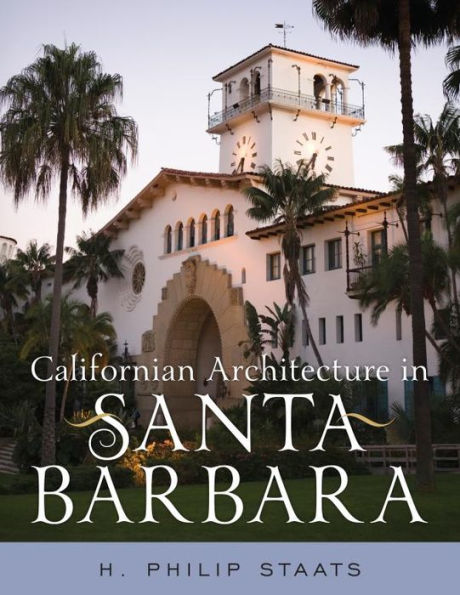5
1

Californian Architecture in Santa Barbara
144
Californian Architecture in Santa Barbara
144eBook
$10.99
$11.99
Save 8%
Current price is $10.99, Original price is $11.99. You Save 8%.
Related collections and offers
10.99
In Stock

Product Details
| ISBN-13: | 9781442224285 |
|---|---|
| Publisher: | Rowman & Littlefield Publishers, Inc. |
| Publication date: | 08/07/2013 |
| Sold by: | Barnes & Noble |
| Format: | eBook |
| Pages: | 144 |
| File size: | 65 MB |
| Note: | This product may take a few minutes to download. |
About the Author
From the B&N Reads Blog
